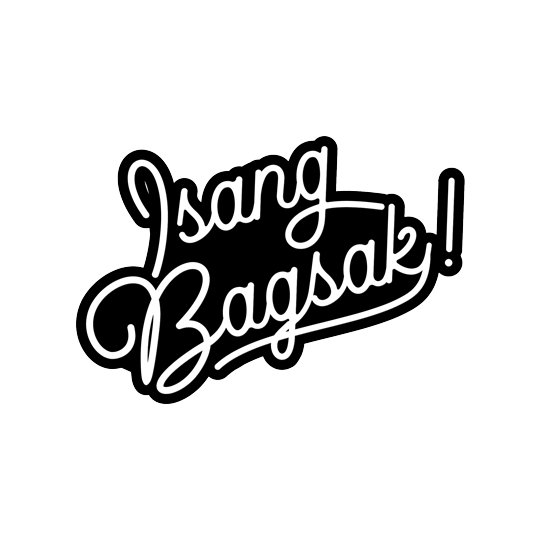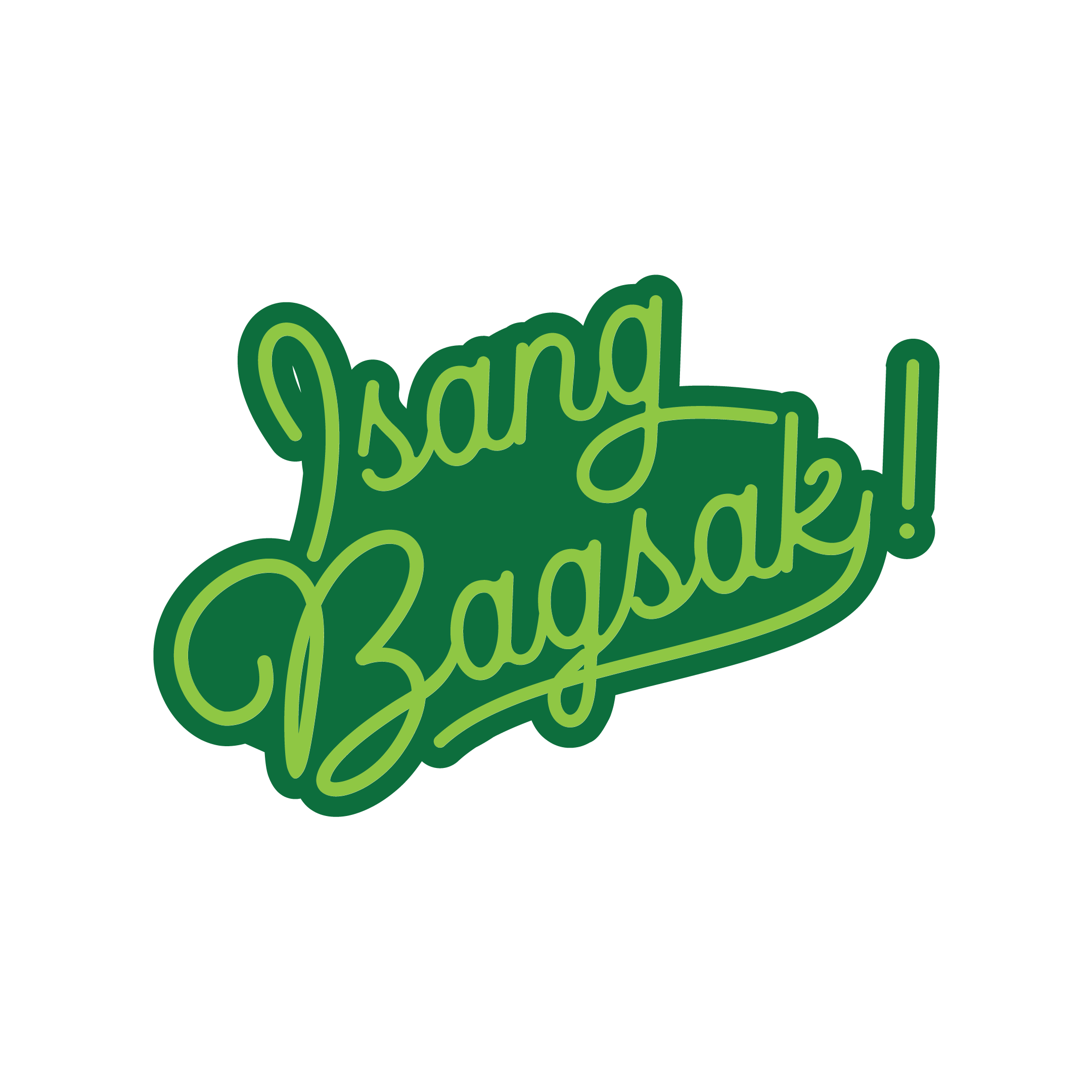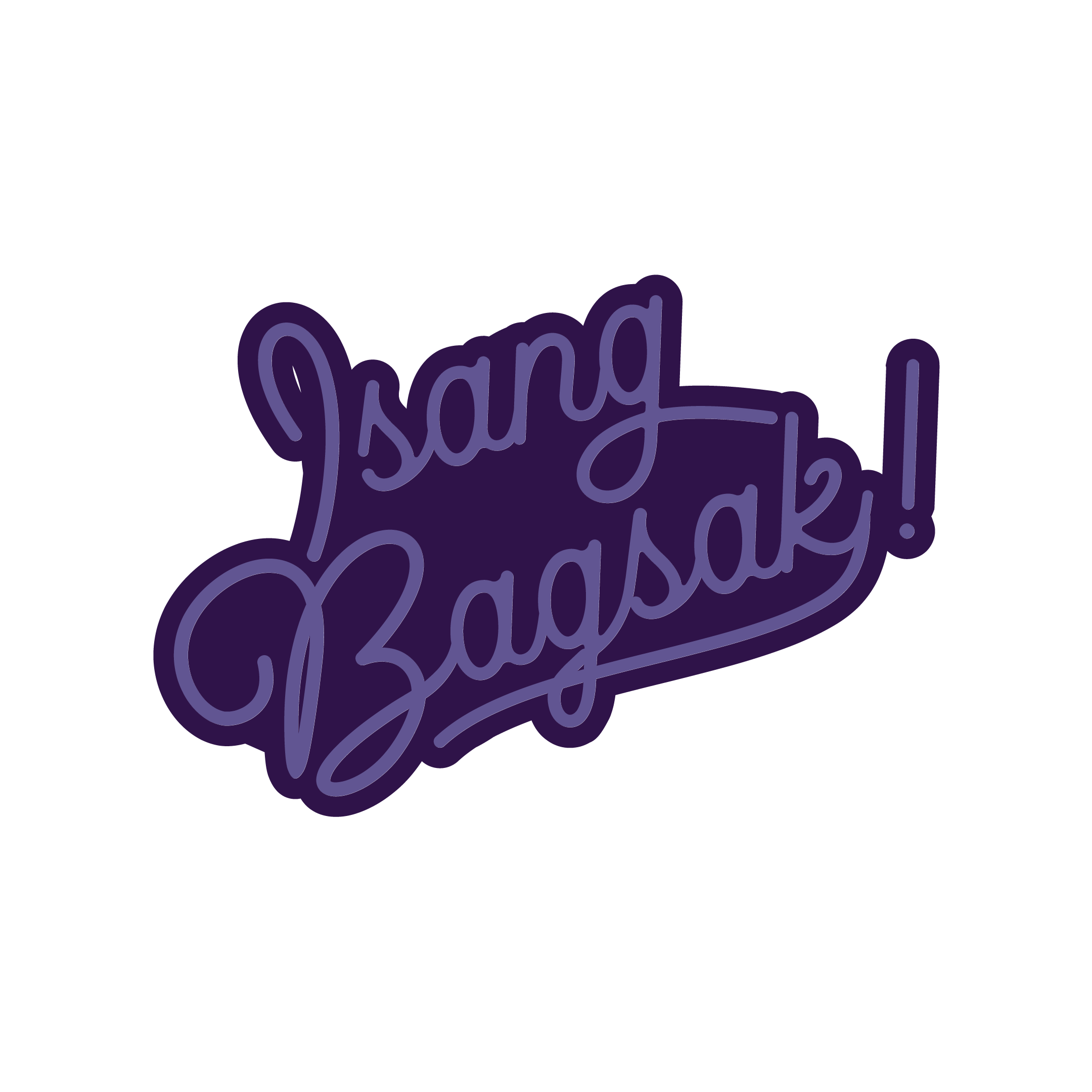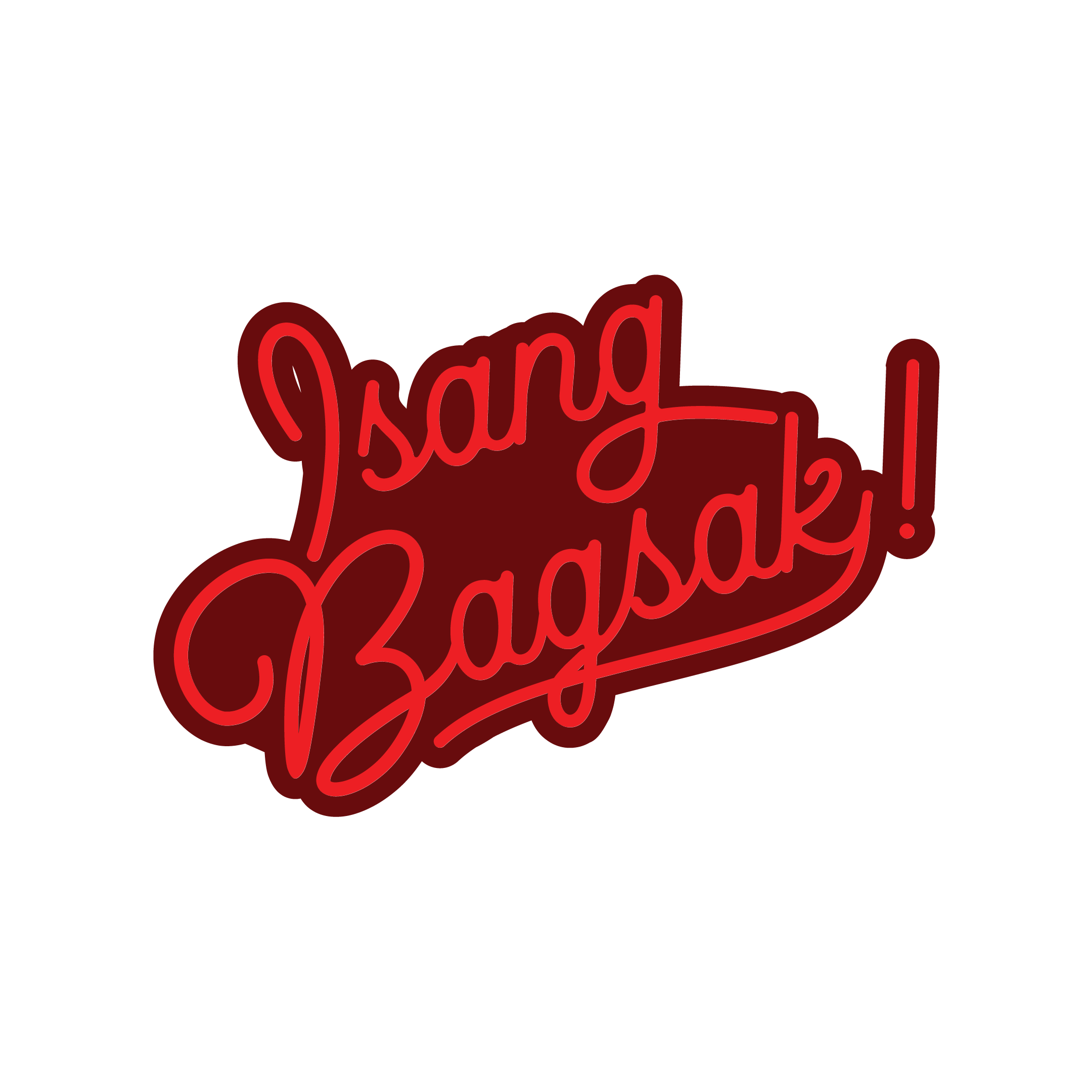Isang Bagsak!
Background, History, and Inspiration
Isang Bagsak! was the first phrase that was introduced to me in October 2014 (how funny. On FAHM!) in the first general body meeting that I attended at my community college. It became the foundation of my sense of self that has been developing.
The phrase "Isang Bagsak" is a rallying cry that originated during the 1965 Delano Grape Strikes, which were a series of labor strikes and boycotts organized by Filipino American farmworkers in Delano, California. The strikes, which lasted from September 1965 to July 1970, were led by the United Farm Workers (UFW) union and its co-founders, César Chávez and Dolores Huerta.
This Tagalog term literally means "one fall," but it is commonly used to refer to the idea of unity and solidarity. The UFW used the phrase as a rallying cry to encourage farmworkers to stand together and fight for their rights.
The Delano Grape Strikes were sparked by a number of issues, including low wages, poor working conditions, and discrimination against Filipino American workers. The strikes were initially led by Filipino American farmworkers, who were joined by Chicano (Mexican American) farmworkers in 1966.
The strikes were marked by a number of high-profile events, including boycotts, marches, and protests. The UFW also organized a number of strikes, including a 25-day strike in 1966 and a five-year strike that began in 1968.
The Delano Grape Strikes ultimately led to significant improvements in working conditions and wages for farmworkers in California. In 1970, the UFW and grape growers reached a collective bargaining agreement that established a union hiring hall and set minimum wages and benefits for farmworkers.
Today, the phrase "Isang Bagsak" remains an important symbol of the struggle for justice and equality in the United States. It is a reminder of the power of unity and solidarity in the face of injustice and a tribute to the bravery and sacrifice of the Filipino American farmworkers who played a crucial role in the Delano Grape Strikes.
Behind the Design
I wanted to keep this design simple, especially being my first one that I've done as a self-taught graphic designer. Solidarity is never conditional. It's black and white, all or nothing because in this bahay, we don't stutter when we say kasama.
Integrating the Unity Clap… somehow?
In 2022, I wanted to teach myself how to make a simple GIF, and I made a promise to myself that if I learn anything new about visuals, I would use the Isang Bagsak! design as my prototype. Throughout my time in Filipinx collegiate organizations and within the community, this phrase would have the Unity Clap embedded into it.
The Unity Clap is a gesture that was widely used during the People Power Movement in the Philippines, which was a series of popular protests that occurred in 1986. The movement was sparked by widespread outrage over allegations of widespread corruption, election fraud, and human rights abuses by the government of President Ferdinand Marcos.
The Unity Clap was a symbol of the solidarity and unity of the protesters, who came together to demand political reform and an end to authoritarian rule. It was typically performed by clapping in unison with others, with the arms extended outward, as a show of support for the cause. The unity clap became an iconic symbol of the People Power Movement and was widely used in protests and other demonstrations throughout the country.
The simplest way on sharing and showing the Unity Clap is by creating rays going around the Isang Bagsak! design as the motion, as the action of the clap resonates and vibrates throughout the design.




